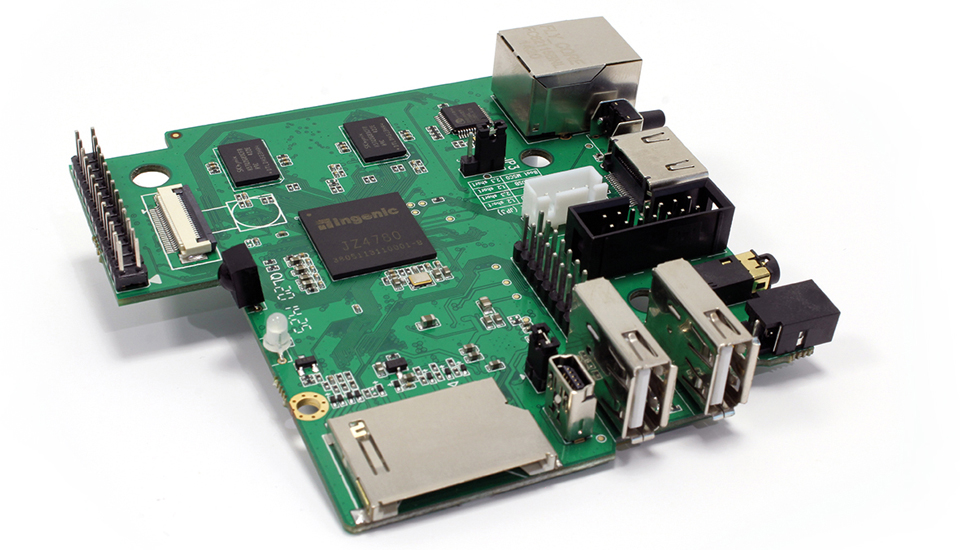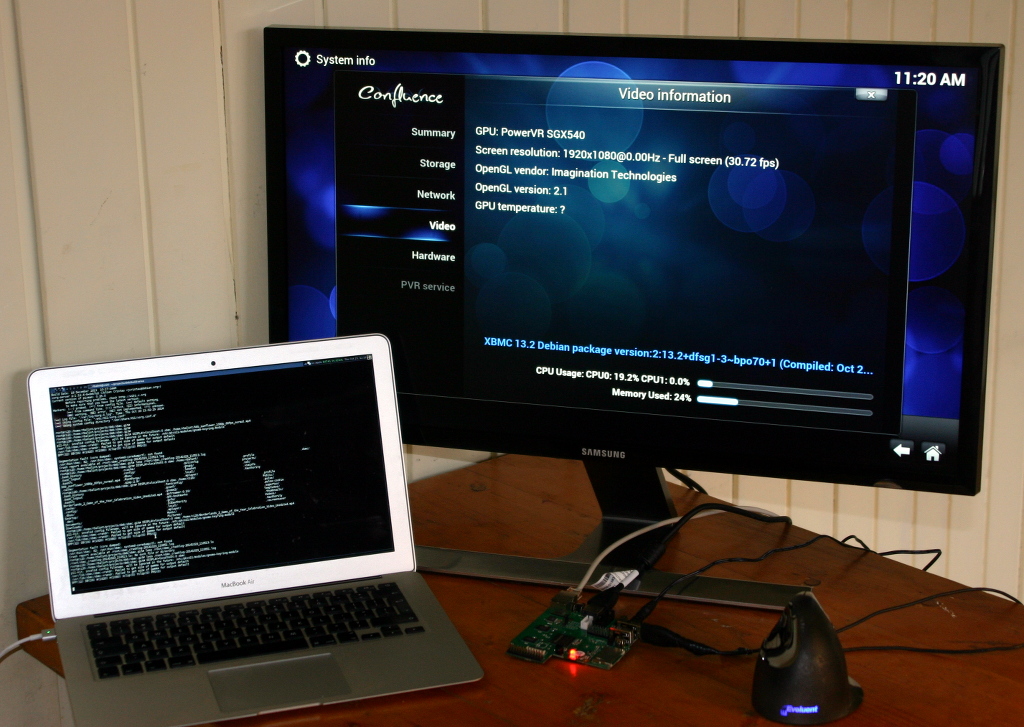2014-12-05, 17:53

"Today, I’m extremely excited to announce we are ready to embark on a new adventure. For the first time in the history of computing, MIPS and PowerVR meet in an affordable Linux and Android development board that will be easily accessible to everyone. We will be selling the Creator CI20 boards straight from our store (click the buttons below to pre-order one now). North America and Europe will be the first regions to get it in late January, followed by a gradual rollout to other territories.
$65/£50 gets you a fully connected, high performance microcomputing platform that can be used for a wide variety of applications. Here is a brief list of the key specifications:
Processor: 1.2 GHz dual-core, MIPS32-based Ingenic JZ4780 SoC, 32kB L1 I- and D-cache, 512kB L2 cache
FPU: IEEE754 Floating Point Unit, XBurst MXU
Multimedia: PowerVR SGX540 GPU, hardware-accelerated video playback up to 1080p at 60 fps
Memory: 1 GB DDR3 SDRAM, 4 GB flash memory, 1 x SD card
Audio: AC97 audio, via 4-pin input/output jack and HDMI connector
Camera interface: ITU-R BT.645 controller
Connectivity: 10/100 Ethernet, 802.11 b/g/n, Bluetooth 4.0
Display: 1 x HDMI up to 2K resolution
USB: 1 x USB host, 1 x USB OTG device
I/O peripherals: 2 x UART, 25 x GPIO, 2 x SPI, I2C, ADC, expansion headers, 14-pin ETAG connector
"
Here is what the Creator community has achieved so far
A lot of you have expressed a desire to build HTPC rigs that stream high-quality media, but felt limited by the reduced performance and limited connectivity available in other platforms. Since Creator CI20 delivers up to 3x more CPU horsepower* than its direct competitor and includes a dedicated video decoder, you can easily port XBMC, Plex or similar media players.
Quote:I’m a Linux developer maintaining several packages for Debian, including XBMC. Since receiving the MIPS Creator CI20 development board, I have been able to use it for prototyping and debugging an XBMC port that runs on the MIPS architecture. The interface is currently running smoothly on the PowerVR GPU and the patches needed have been sent to upstream. – Bálint Réczey
Additionally, there is no need to buy a separated comms module; the board already supports 802.11b/g/n Wi-Fi, Bluetooth 4.0 and an IR receiver so you can connect various remotes and controllers.
Sounds to good to be true?
Further Reading:
http://blog.imgtec.com/powervr/mips-crea...-available
http://www.bbc.co.uk/news/technology-30328080
http://forum.kodi.tv/showthread.php?tid=203077
http://forum.imgtec.com/categories/creator is one place to start asking questions regarding driver support. You can also follow the activity on http://elinux.org/CI20_upstream

